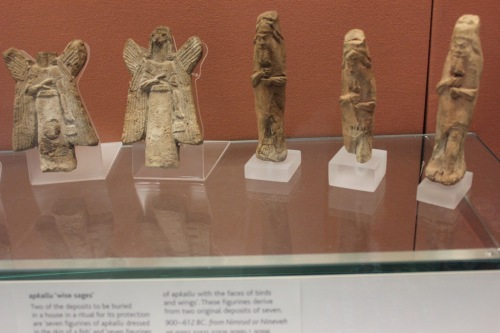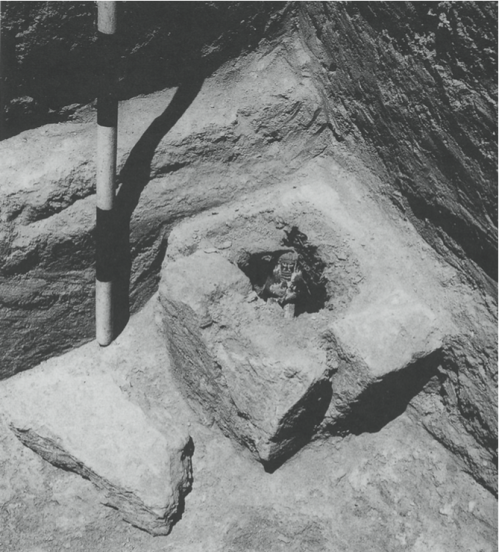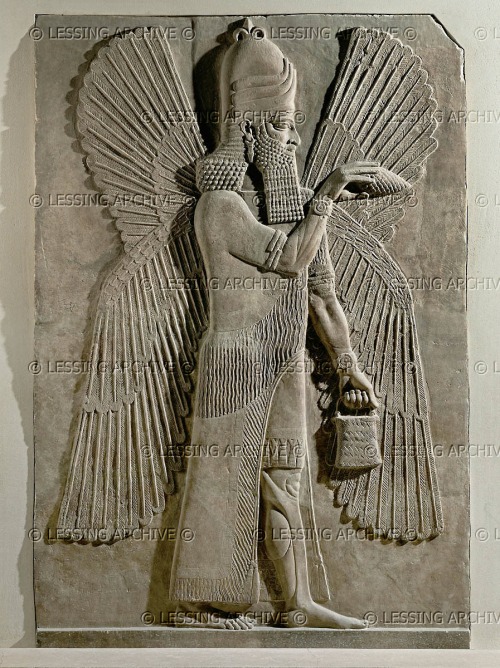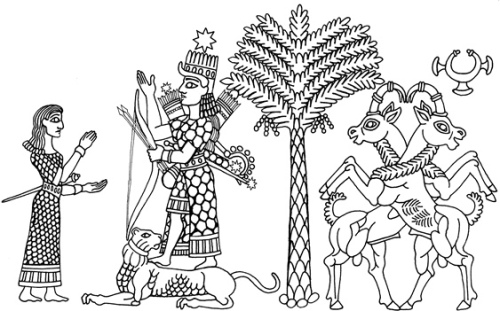Izre’el: Listing the Fragments
Previous Studies and the Present Study
“The scholarly world first became aware of the myth of Adapa and the South Wind when its largest fragment was discovered among the scholarly tablets of the El-Amarna archive in 1887 (Harper 1891; Scheil 1891; cf. Zimmern 1892; Sayce 1892; Izre’el 1997: 1-13, 43-50).
A fragment of the myth (now known as Fragment D) had, in fact, already been published before that time by one of the pioneers of Mesopotamian studies, George Smith (Smith 1876:125-6).
Smith, however, did not have at his disposal enough data to identify this fragment as part of the myth to which it belonged and attributed it to the Ea narrative (for which see Cagni 1969, 1977). While discussing the Berossus account of Oannes, Smith stated that “it is a curious fact the legend of Oannes, which must have been one of the Babylonian stories of the Creation, has not yet been discovered” (Smith 1876: 306).
Sayce, who said he had copied this fragment, “related to an otherwise unknown individual named Adapa,” “many years ago,” was able to attribute this fragment to the Adapa myth only after the discovery of the Amarna fragment (Sayce 1892; cf. Sayce in Morgan 1893: 183-4; Bezold 1894a: 114 n. 1, 1894b: 405 n. 1; Strong 1894; 1895).
We now have at our disposal six fragments of the myth. The largest and most important fragment is the one discovered at Amarna (“Fragment B”) and thus dated to the 14th century BCE (see further pp. 47-9).
Five other fragments (A, A1, C, D, and E) were part of the Ashurbanipal library and are representative of this myth as it was known in Assyria about seven centuries later. Only two of the extant fragments (A and A1) are variants of the same text. Fragments C and D come from different sections of the text.
Fragment E represents another recension of the myth, which also seems to be similar to the known versions.

K 15072, British Museum. Another extremely sparse entry for this Akkadian cuneiform tablet, provenance Nineveh, modern Kuyunjik.
http://www.cdli.ucla.edu/cdlisearch/search_beta/search_results.php?SearchMode=Text&ObjectID=401152
The following is a list of the extant fragments edited in this volume, with their museum numbers and main previous editions.
- Fragment A: MLC 1296 (Pierpont Morgan Library, New York);
- Scheil 1898: 124-33;
- Clay 1922: 39-41, pls IV, VI (cf. Clay 1923: 10-11);
- Picchioni 1981: 112-5, 127-31 (figure 1), tav. 1.
- Fragment A1: K 15072 (British Museum, London).
- Parallel to the last extant section Fragment A. Schramm 1974;
- Picchioni 1981: 114-5, 131, tav. IV-V.
- Fragment B: VAT 348 (Vorderasiatisches Museum, Berlin);
- Winkler and Abel 1889-90: 240;
- Schroeder 1915: #194;
- Harper 1894: 418-25;
- Jensen 1900: 94-9, with comments on pp. 411-3;
- Knudtzon 1915: 964-9 (= EA 356);
- Picchioni 1981: 114-21, 131-6, 162-3 (figures 2-3 = Schroeder 1915: #194, tav. II-III;
- Izre’el 1997: 43-50, copy (= Schroeder 1915: #194 with collations = pp. 177, 179 below), photographs.
- Fragment C: K 8743 (British Museum, London). Expanded parallel to part of Fragment B.
- Langdon 1915: pl. IV, #3, and p. 42 n. 2;
- Thompson 1930: pl. 31;
- Jensen 1900: xvii-xviii;
- Picchioni 1981: 120-1, 136-7, 164 (figure 4), tav. IV-V.
- Photograph also in Böhl 1959: Taf. 12.
- Fragment D: K 8214 (British Museum, London). Virtual parallel to the end of Fragment B with additions.
- Strong 1894;
- Furlani 1929: 132;
- Picchioni 1981: 122-3, 137-41, 165 (figure 5), tav. VI.
- Photograph also in Böhl 1959: Taf. 12.
- Fragment E: K 9994 (British Museum, London). A small fragment probably representing a different recension of the myth.
- Von Soden 1976: 429-30;
- Picchioni 1981: 95-6, tav. IV-V.
A cuneiform copy is published here for the first time, courtesy of the Trustees of the British Museum.
The notation “Fragment E” is introduced here.
In addition to these fragments, one may note a possible title to the myth. The catalogue of literary texts Rm 618 (Bezold 1889-99: 4.1627) lists a title of a work on Adapa (line 3):
Adapa into heaven ( . . . )
Picchioni (1981: 87 n. 244) suggested that this might be an incipit of the first verse of the myth; Talon (1990: 44, 54) agrees (see further Hallo 1963: 176; cf. Lambert 1962: 73-4).
It is difficult to see how this line could have been the opening verse of any of the versions known to us, since both Fragment A and Fragment B seem to have opened differently (cf., for Fragment B, p. 108, and, for a literary analysis of Fragment A, pp. 112-3).
It may perhaps be suggested that this was a title rather than an incipit (thus also Röllig 1987: 50), because we know that Adapa’s ascent to heaven is also referred to elsewhere (p. 4).

British Museum K 10147. Notes on this fragment are sparse. It was sourced at Nineveh, modern Kuyunjik, and marked Neo-Assyrian (ca. 911-612 BC).
http://www.cdli.ucla.edu/cdlisearch/search_beta/archival_view.php?ObjectID=P398516
Von Soden, while suggesting the attribution of K 9994 (= Fragment E) to this myth (cf. also Borger 1975: 62, following Lambert), also made some observations concerning K 10147, saying that although the attribution of this fragment to the myth is doubtful, it may have formed part of the beginning of the text, before the extant Fragment A (von Soden 1976: 431; already Bezold 1894b: 405 n. 1).
This and other small fragments mentioning Adapa or relating to this figure have been collected by Picchioni (1981).”
(Ed. note: Links on this page are far from perfect. I have done my best to at least show a direction if you are seeking a specific citation or a particular work. Many of the cited works are not on the web. If you want them, you will have to complete your citations and then request them through an interlibrary loan at a physical library. If you have updated links to citations or to complete works, or images of the fragments themselves, please share them with me through the comments feature below. It would be a selfless contribution to scholarship if you could scan them and upload them to the internet. I will integrate them into this page. Please remember to mention if you would like to be credited.)
Schlomo Izre’el, Adapa and the South Wind: Language Has the Power of Life and Death, Eisenbrauns, 2001, pp. 5-7.











